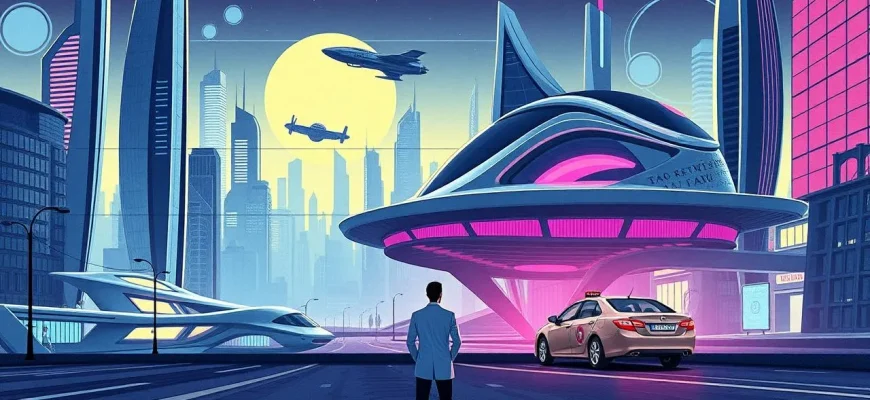Dive into a world where architecture isn't just about buildings; it's about creating entire universes. This curated list of 10 sci-fi films showcases how visionary filmmakers have used architecture to tell stories, set moods, and even predict the future. From dystopian cities to utopian landscapes, these films offer a visual feast for those fascinated by the intersection of design, technology, and imagination. Whether you're an architect, a sci-fi enthusiast, or simply someone who loves to see the future through the lens of cinema, this collection will inspire and entertain.
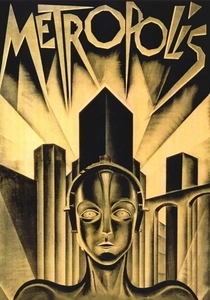
Metropolis (1927)
Description: Fritz Lang's silent masterpiece features a city of the future with towering skyscrapers and a stark division between the working class and the elite. Its art deco style and the portrayal of the city as a living organism set a benchmark for architectural futurism in cinema.
Fact: The film's sets were so vast that they took over a year to construct, and many were later used for other films. The iconic robot Maria was one of the first uses of a humanoid robot in film.
 Watch Now
Watch Now 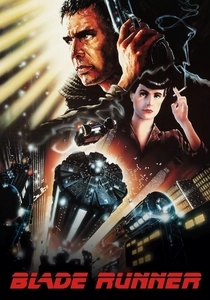
Blade Runner (1982)
Description: Set in a dystopian future Los Angeles, 'Blade Runner' presents a world where towering, neon-lit buildings define the skyline. The film's depiction of urban decay and futuristic architecture has become iconic, influencing countless works in the genre.
Fact: The film's production designer, Syd Mead, was also responsible for the visual aesthetics of the film 'Tron'. The Tyrell Corporation's pyramid was inspired by Mayan architecture.
 Watch Now
Watch Now 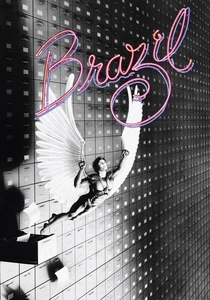
Brazil (1985)
Description: Terry Gilliam's surreal dystopia features a blend of retro-futurism with elements of art deco and steampunk. The film's labyrinthine bureaucratic offices and oppressive urban landscapes are central to its narrative of a society gone awry.
Fact: The film was shot in London, with many scenes filmed in real locations, including the Ministry of Information building, which was used for the exterior of the Ministry of Information in the film.
 Watch Now
Watch Now 
The City of Lost Children (1995)
Description: Jean-Pierre Jeunet and Marc Caro's surreal fantasy features a city that feels like a living, breathing organism, with buildings that seem to grow out of the ground. The film's architecture is both whimsical and oppressive, reflecting the themes of childhood and loss.
Fact: The film was shot in various locations in France, including the port city of Le Havre, which provided the backdrop for the film's unique cityscape.
 Watch Now
Watch Now 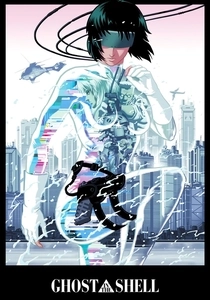
Ghost in the Shell (1995)
Description: This anime classic features a futuristic cityscape where architecture blends seamlessly with technology. The film's depiction of urban life in a cybernetic future has influenced countless works in both film and video games.
Fact: The film's director, Mamoru Oshii, was inspired by the works of Ridley Scott and the cyberpunk genre, particularly 'Blade Runner'.
 Watch Now
Watch Now 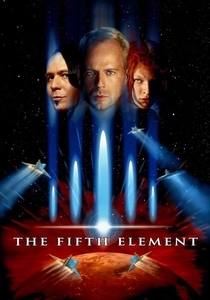
The Fifth Element (1997)
Description: Luc Besson's vision of the 23rd century features an eclectic mix of architectural styles, from the towering, futuristic New York City to the ancient Egyptian-inspired temple. The film's design reflects a world where past and future collide.
Fact: The film's production designer, Dan Weil, drew inspiration from various sources, including the works of Jean Giraud (Moebius). The flying taxi scene was inspired by a similar scene in 'The Empire Strikes Back'.
 Watch Now
Watch Now 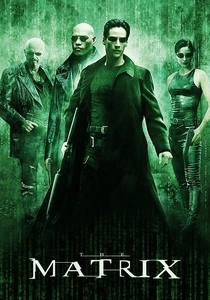
The Matrix (1999)
Description: While the film's primary setting is a virtual world, the real world's architecture in 'The Matrix' is stark and industrial, reflecting a world where humanity has been enslaved by machines. The contrast between the two worlds is a key element of the film's narrative.
Fact: The Wachowskis drew inspiration from various sources, including Japanese anime, cyberpunk literature, and the works of Jean Baudrillard.
 Watch Now
Watch Now 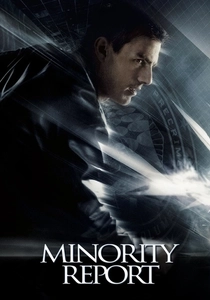
Minority Report (2002)
Description: Steven Spielberg's adaptation of Philip K. Dick's story showcases a future Washington D.C. with transparent, interactive architecture and a cityscape that feels both familiar and alien. The film's vision of urban life in 2054 is both awe-inspiring and cautionary.
Fact: The film's production designer, Alex McDowell, used a technique called 'previsualization' to design the city, allowing for detailed planning of every shot before filming began.
 Watch Now
Watch Now 
A.I. Artificial Intelligence (2001)
Description: Stanley Kubrick's vision, brought to life by Steven Spielberg, presents a future where cities are submerged under water, and architecture has adapted to this new reality. The film's design reflects a world where technology and nature have intertwined.
Fact: The film's underwater city was inspired by the real-life plans for the underwater city of Poseidon in the Bahamas, which was never built.
 Watch Now
Watch Now 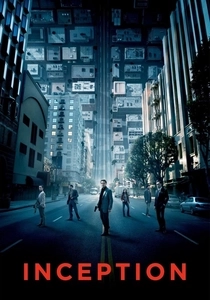
Inception (2010)
Description: Christopher Nolan's mind-bending thriller explores the architecture of dreams, where buildings fold over themselves and cities rise from the subconscious. The film's visual effects team had to create entirely new methods to depict these dreamscapes.
Fact: The film's production designer, Guy Hendrix Dyas, used a technique called 'parallax' to create the dream cityscapes, allowing for a seamless transition between different levels of reality.
 Watch Now
Watch Now 
